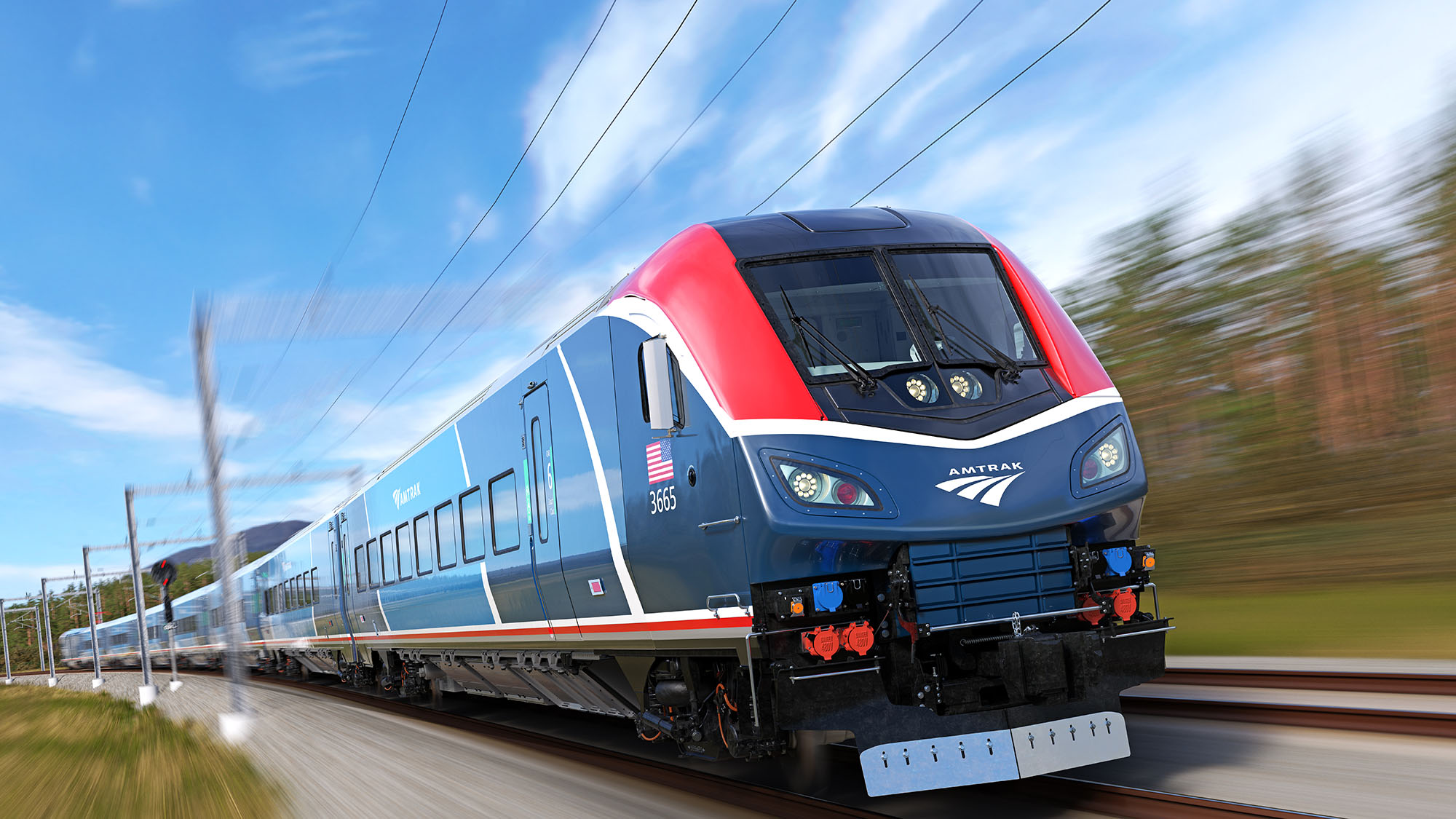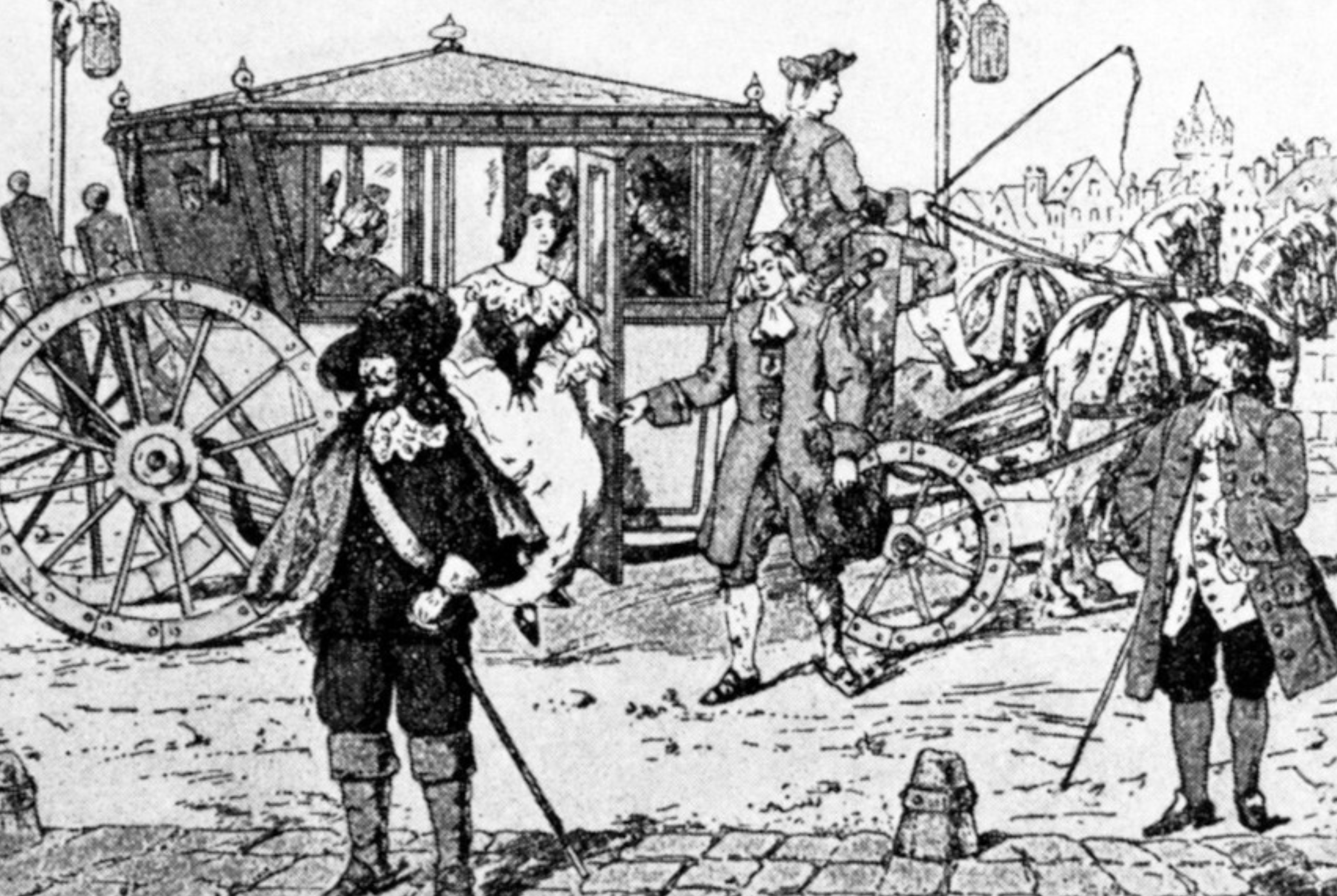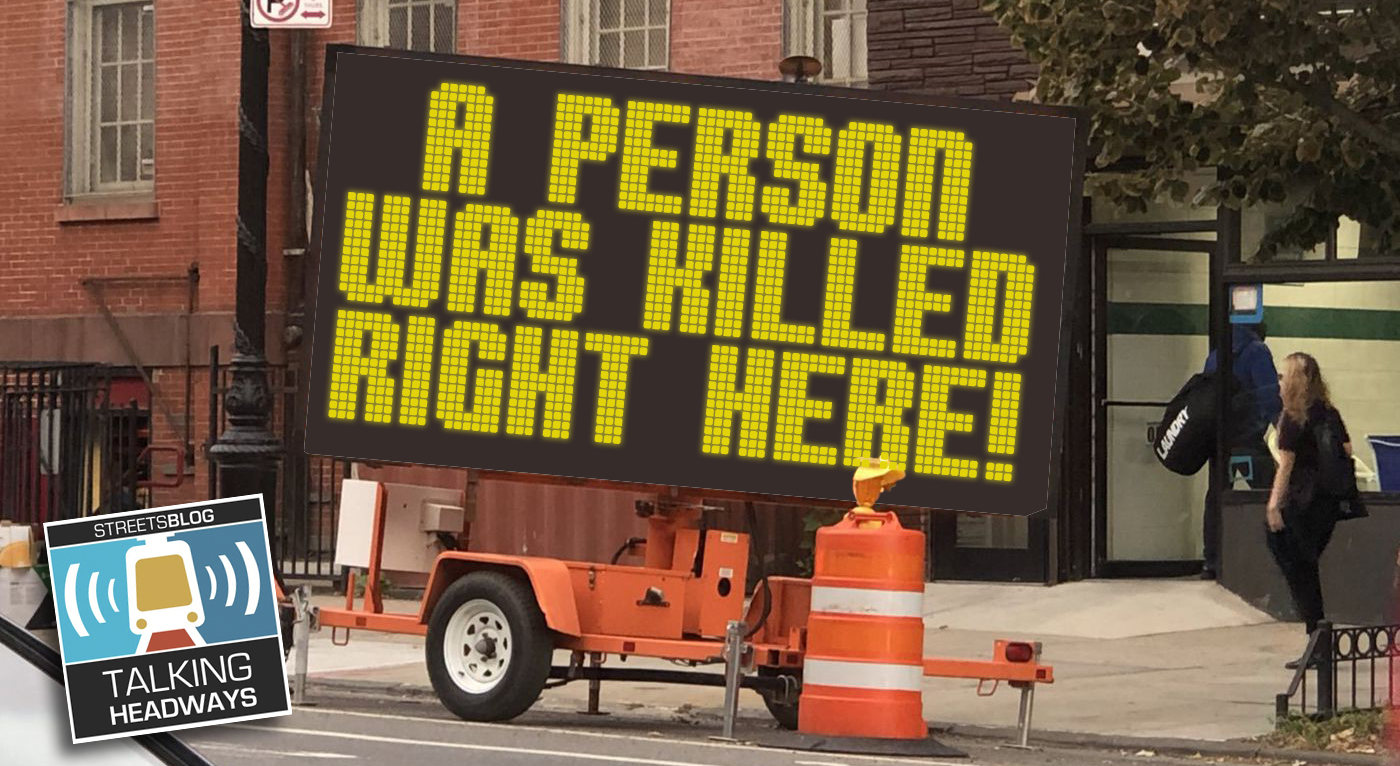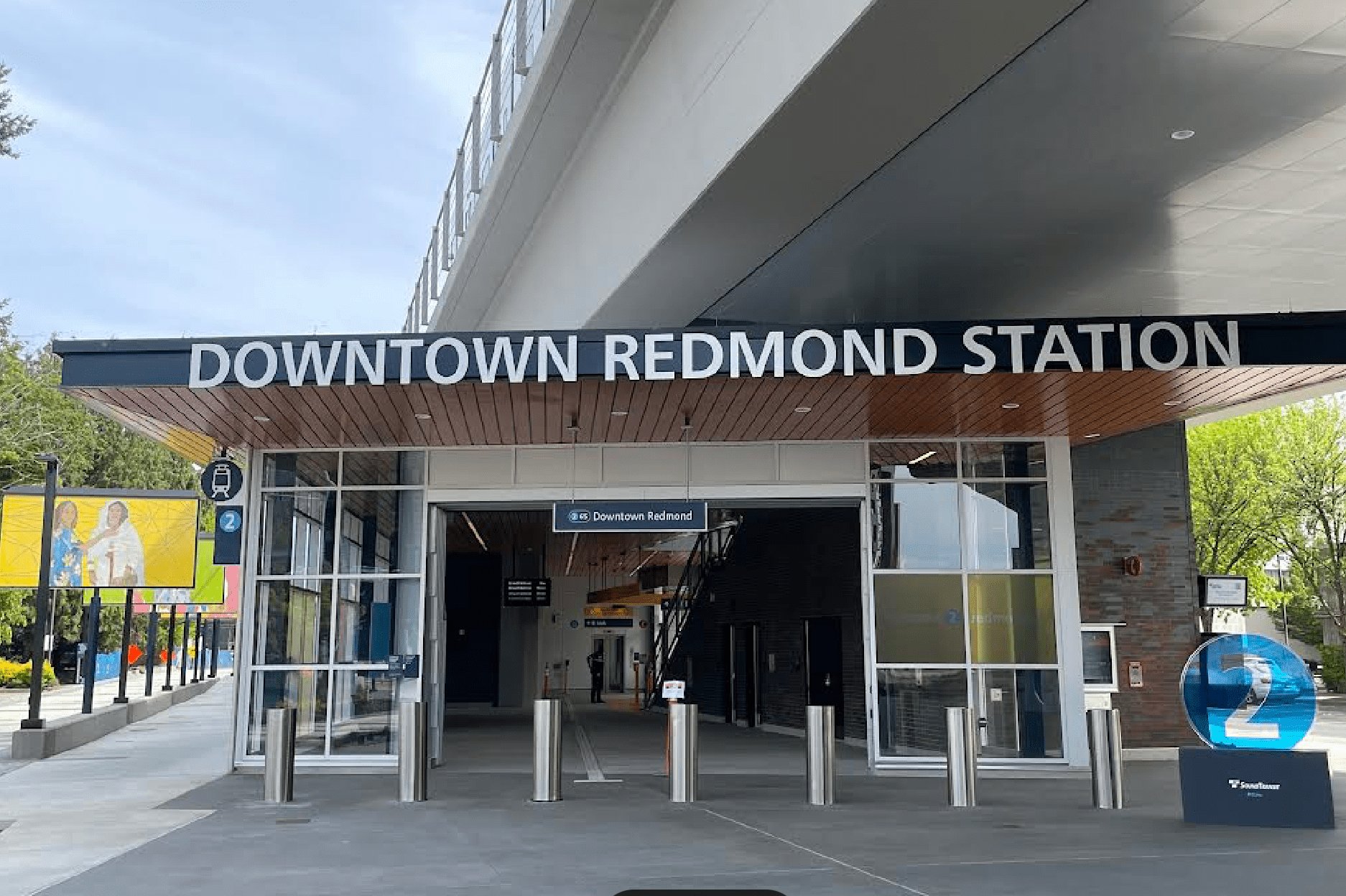If your idea of the American dream is to spend your mornings and evenings alone in an idling car surrounded on all sides by other lonely people in other idling cars, by all means, buy a house.
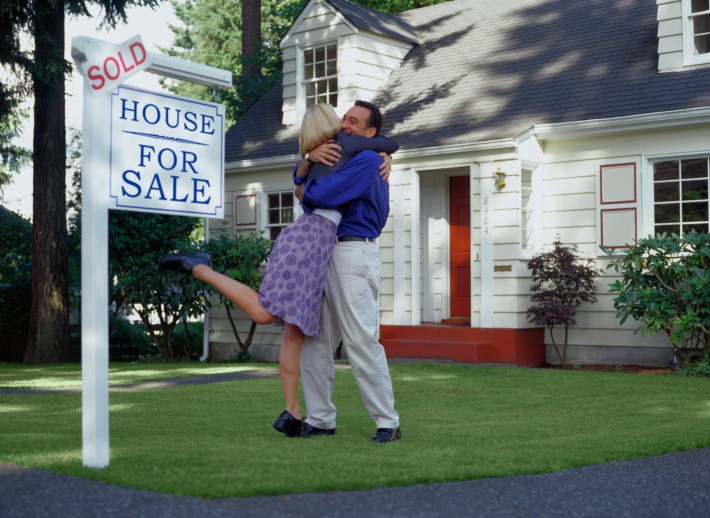
A new paper [PDF] from the Peterson Institute for International Economics finds a strong link between homeownership and unemployment -- not necessarily for the homeowners themselves, but for the area where they live. In fact, a doubling of homeownership rates for a state is correlated with a more-than-doubling of the unemployment rate about five years down the road.
Another way to put this is that homeownership renders employees immobile, so their commutes stretch longer and longer as they look for work until they reach the breaking point.
"The cost of travelling to work should act as an impediment to the rate of employment (because it raises the opportunity cost of a job)," wrote Dartmouth professor David Blanchflower and University of Warwick professor Andrew Oswald. They note their finding that high homeownership is associated with longer commuting times "is consistent with the idea that moving for an owner-occupier is expensive, and that in consequence the places with high home-ownership will see more workers staying put physically but working further from their family home."
When there are no jobs available within a reasonable commute, people can choose between an unreasonable commute -- and many people do -- or no job at all. The option of moving closer to work is less appetizing for homeowners than renters, especially since so many people are still under water on their mortgages. A more flexible labor force -- one made up of renters -- can move to where the jobs are.
The flip side of the high homeownership coin is that if rental housing is in short supply, people interested in nearby jobs might not be able to move to the area.
The researchers also found that fewer businesses establish themselves in areas with high home-ownership, possibly because of what they call "NIMBY pressures in action." Zoning for residential-only and other attempts to curb development prevent businesses from creating jobs near where people live. That's a big endorsement for mixed-use development, where people can work, shop, and live all in relatively close proximity.
The state level data Blanchflower and Oswald examine might be a somewhat blunt instrument for investigating the relationship between homeownership and unemployment -- one would think that a more local sample size could tease out these nuances. But their findings are compelling. They say the five-year time lag between the rise in homeownership and the rise in unemployment might explain why the link is so little understood. They went through decades of data and say their finding "does not depend on" data from the housing crash and ensuing recession.
Meanwhile, Blanchflower and Oswald say that states with higher rates of homeownership have longer commute times probably because of "the greater transport congestion that goes with a less mobile workforce" -- and that this in turn will "raise costs for employers and employees."
So more people driving longer to work -- possibly bound by their mortgage to log many miles a day to a distant job -- makes your drive longer too, whether or not you have a mortgage, because there's more traffic. That means that a commute of the same length takes longer, making your job-seeking radius smaller if you're still hoping for a "reasonable" commute.
"Because roads, in particular, are semi-public goods in which individuals can create congestion problems for others, this pattern in the data is consistent with the existence of un-priced externalities," the authors write. The externality they're talking about -- congestion -- is just one of many unsavory consequences of driving that aren't covered by the price of gas.
If gas prices were high enough to pay for the air pollution, health problems, foreign wars, and, of course, road construction caused by driving, imagine how short commutes would have to be for people to put up with them. People would either reject even more jobs further from home -- potentially causing even more unemployment -- or transportation options would need to radically improve, job sprawl would need to reverse, and urban design and settlement patterns would need to become far more dense and practical. Those could be preferable options to widespread joblessness.
